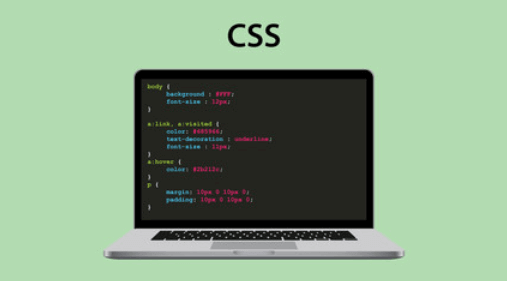Question
a.
Translation
b.
Conversion
c.
Streaming
d.
Termination
Posted under Multimedia IT Fundamentals
Engage with the Community - Add Your Comment
Confused About the Answer? Ask for Details Here.
Know the Explanation? Add it Here.
Q. A simple session using SIP consists of three modules: establishing, communicating and
Similar Questions
Discover Related MCQs
Q. The Real-time traffic needs the support of
View solution
Q. Session Initiation Protocol (SIP), is designed to be independent of the underlying
View solution
Q. In the lowest resolution a color frame is made of
View solution
Q. In Real Time Interactive Audio Video, data are stored in the buffer at a possibly variable
View solution
Q. In Real Time Interactive Audio Video, to prevent jitter, we can time-stamp the packets and separate the arrival time from the
View solution
Q. Real-time Transport Protocol (RTP) is the protocol designed to handle real-time traffic on the
View solution
Q. In Session Initiation Protocol (SIP), the session can be terminated with a
View solution
Q. RTCP stands for
View solution
Q. A compressed audio/video file can be downloaded as a
View solution
Q. When a caller needs to communicate with the callee, the caller can use the e-mail address instead of the IP address in the
View solution
Q. The purpose of dividing the picture into blocks is to decrease the number of
View solution
Q. In Real Time Interactive Audio Video, a sequence number on each packet is required for
View solution
Q. Before audio or video signals can be sent on the Internet, they need to be
View solution
Q. For speech, we need to compress the digitize signals at
View solution
Q. Moving Picture Experts Group (MPEG-1), was designed for a
View solution
Q. Perceptual encoding is based on the science of
View solution
Q. The media player uses the URL in the metafile to access the media server to
View solution
Q. In Real Time Interactive Audio Video, mixing means combining several streams of traffic into
View solution
Q. According to the Nyquist theorem, if the highest frequency of the signal is f, we need to sample the signal
View solution
Q. In temporal compression, redundant frames are
View solution
Suggested Topics
Are you eager to expand your knowledge beyond IT Fundamentals? We've curated a selection of related categories that you might find intriguing.
Click on the categories below to discover a wealth of MCQs and enrich your understanding of Computer Science. Happy exploring!








